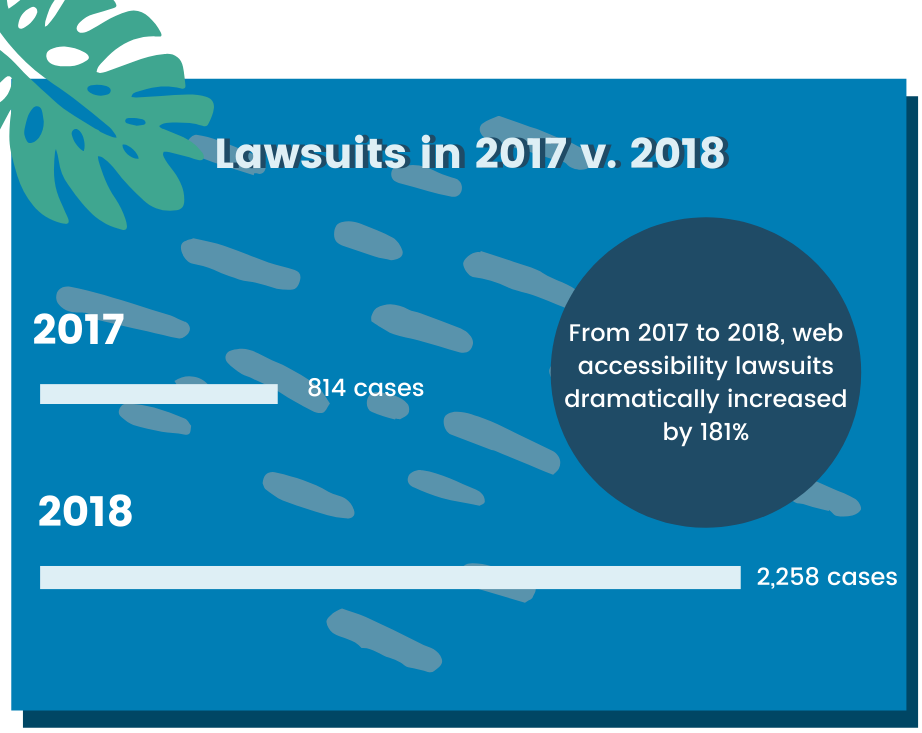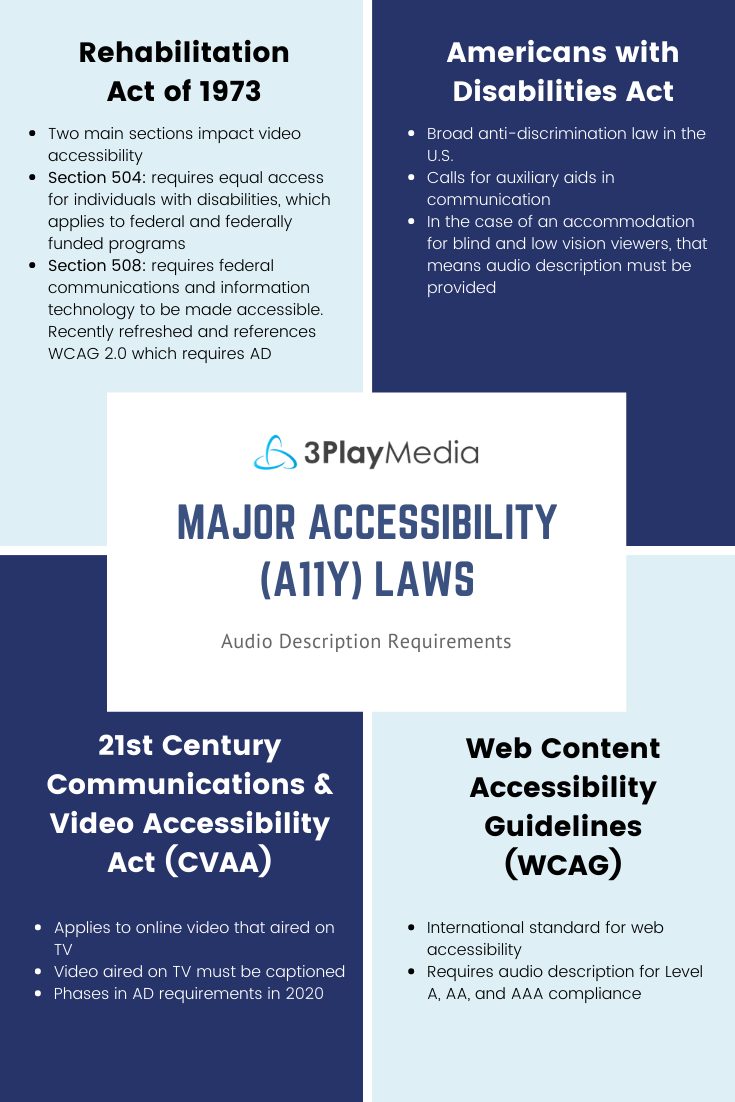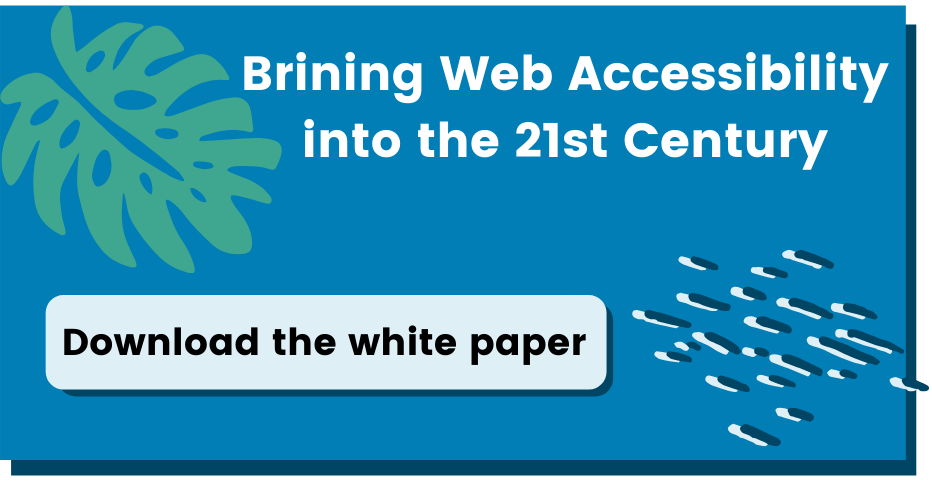What The Domino’s Decision Means for Audio Description
Updated: April 6, 2021
If you’re keeping up with the latest in accessibility news, you’re probably well aware of one of the most recent lawsuits filed against the food chain giant, Domino’s Pizza.
Here’s a quick recap just in case you missed it!
Bringing Web Accessibility into the 21st Century ➡️
Quick Facts about Domino’s Pizza v. Guillermo Robles
In 2016, Guillermo Robles attempted to order a customized pizza on Domino’s website and mobile app. Robles is blind and relies on a screen reader software to navigate and understand the visual content on a webpage. Despite using the software, Domino’s website was inaccessible so he wasn’t able to successfully complete the order.
Robles sued the pizza chain, arguing that the company violated the Americans with Disabilities Act (ADA) by failing to make their website and app accessible to people with disabilities.
On the other hand, attorneys for Domino’s argued that the ADA doesn’t apply to online platforms since the anti-discrimination law was passed in 1990 – far before the internet became as mainstream as it is today. They also mentioned that no clear guidelines exist for website accessibility and petitioned for a review of the decision.
Recently, the court denied the review, which means that Domino’s will have to battle Robles’ accessibility claims in court.
This is a big win for accessibility advocates since this means that the ADA applies to more than just physical locations. Online businesses will have to make their internet applications and electronic information accessible to people with disabilities as well.
This lawsuit is just one of many cases filed in recent years against organizations regarding website accessibility. There were over 2,200 lawsuits filed in 2018 alone.
What This Case Means for Audio Description
Domino’s neglected to make their website accessible to users with disabilities, excluding a group comprised of millions of people. More than 1 billion people around the world live with a disability.
When businesses fail to make their online content accessible – including websites, applications, electronic information, and video, not only is it unfair, but it’s also bad for business.
According to the Return on Disability (ROD) Group, $1 trillion of annual disposable income is missed when companies don’t make their content accessible.
There are many tools out there that make your web content accessible – one of them being audio description. Audio description is an accommodation for blind and low vision users. It narrates the relevant visual information in a video. Audio description assumes that the viewer cannot see, and therefore depicts the key visual elements that are necessary to understanding the content.
$1 trillion of annual disposable income is missed when companies don’t make their content accessible.
There are 245 million people or 3.5% of the world’s population living with vision loss. As our society continues to consume a large amount of video content, it will become increasingly important to provide audio description as an accommodation.
Additionally, there are several accessibility laws in place that require audio description for video content.
We’re living in the digital era now and it doesn’t seem to be going anywhere anytime soon. As web and video content become more and more permeated into our society, it’s imperative that organizations include everyone, regardless of ability, to participate in the online space.
Ready to make your videos accessible to all viewers? Read the white paper for bringing web accessibility into the 21st Century to learn more! 🎥
“This blog post is written for educational and general information purposes only and does not constitute specific legal advice. This blog should not be used as a substitute for competent legal advice from a licensed professional attorney in your state.”









